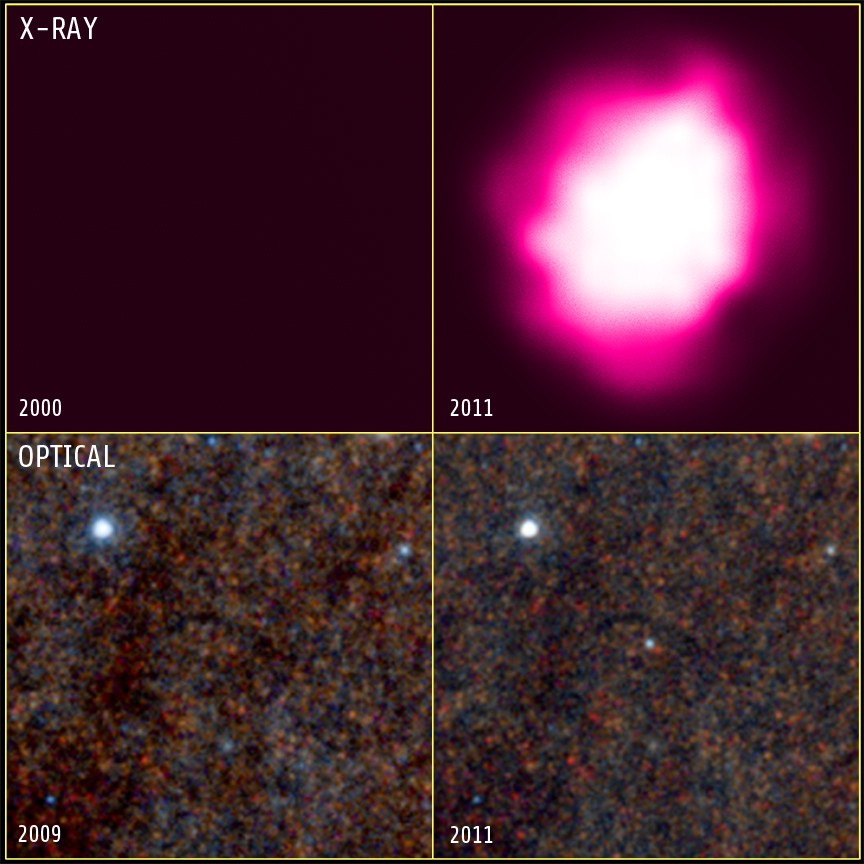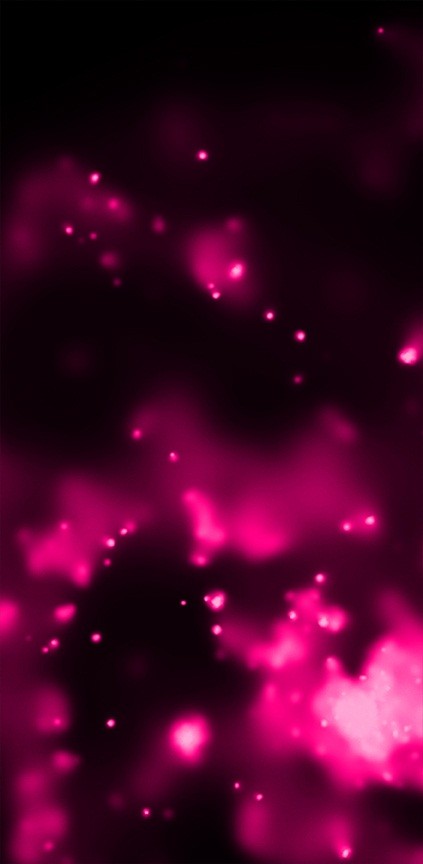Nasa Gets More Clues About Mysterious Class of Black Hole [PHOTOS]
Nasa researchers have found direct evidence about the population of old, volatile stellar black holes. They claim that these black holes give off more X-rays than most "normal" binary systems. Binary system refers to two objects - such as planets, stars, asteroids and galaxy - that orbits a common centre mass.
Researchers have discovered a new ultra luminous X-ray source (ULX) in Messier 83 (M83), a spiral galaxy about 15 million light years from earth. They discovered this by using Nasa's Chandra X-ray Observatory. The discovery made by Chandra provides new insight into the nature of a mysterious class of black holes.
Astronomers had earlier discovered ULX in M83 in 2010 with Chandra. Astronomers compared this data with Chandra images from 2000 and 2001, which showed the source had increased in X-ray brightness by at least 3,000 times and has since become the brightest X-ray source in M83.
The sudden brightening of the M83 ULX is one of the largest changes in X-rays ever seen for this type of object, which do not usually show dormant periods. No sign of the ULX was found in historical X-ray images made with the Einstein observatory in 1980, Rosat in 1994, the European Space Agency's XMM-Newton in 2003 and 2008, or Nasa's Swift observatory in 2005.
"The flaring up of this ULX took us by surprise and was a sure sign we had discovered something new about the way black holes grow," said Roberto Soria, researcher at Curtin University, in a statement.
Researchers claim that in earlier optical images there was no bright blue source in the M83, but now they have found a blue bright source.
These results imply that the companion to the black hole in M83 is more than 500 million years old, with a mass less than four times the Sun's. According to theoretical models for the evolution of stars, the black hole should be almost as old as its companion.
The researchers claim that the mass of the range for the M83 ULX from 40 to 100 times that of the Sun. Lower masses of about 15 times the mass of the Sun are possible, but only if the ULX is producing more X-rays than predicted by standard models of how material falls onto black holes.
The study also revealed that the black hole in this system could have formed from a star that was rich in "metals", as astronomers call elements heavier than helium. They claim that ULX is located in a region that is known to be rich with metals.
Recently, researchers discovered a black hole in M31. The new ULXs in M83 and M31 provide direct evidence for a population of black holes that are much older and more volatile than those usually considered to be found in these objects.



© Copyright IBTimes 2025. All rights reserved.





















